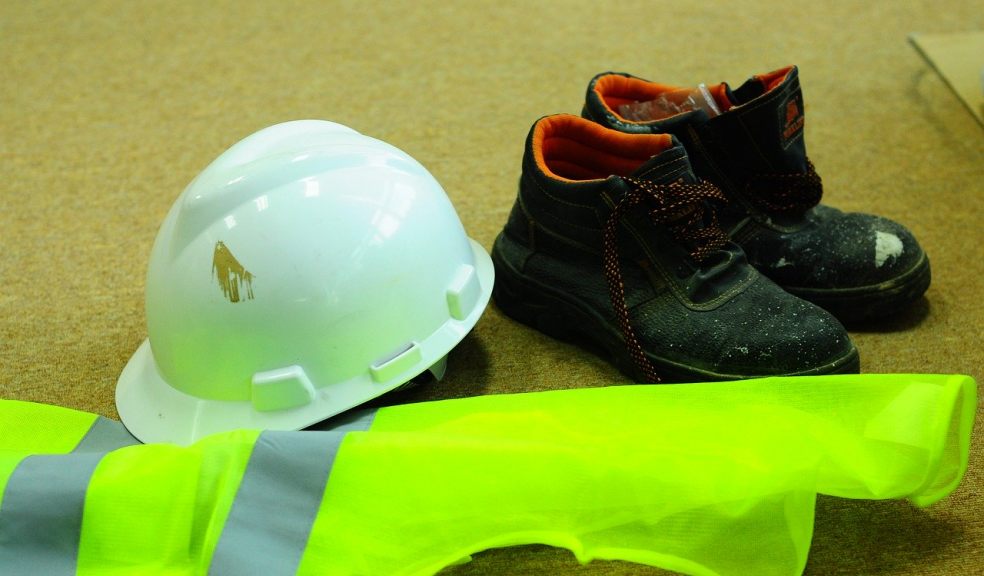
Why Workwear? Looking Backwards to Show the Way Forwards
“Common sense is genius dressed in its working clothes.” - Ralph Waldo Emerson
Do you work in an industry where you are required to wear a uniform, workwear, every day? Do you like your daily work dress? Is it comfortable, or is it something you have to endure because it is part of the job requirements?
Are you interested in the history and origin of workwear? The raison d’etre behind the need to understand the origin, history, and principle behind the concept of wearing a daily uniform makes it less odious to bear. Also, it provides you with the required arsenal to suggest a more practical and comfortable form of daily wear to the owners or managers of the business organization you work for.
The quotation highlighted above by Ralph Waldo Emerson notes that common sense is wisdom when dressed in its working clothes. This quotation can also be turned around - It makes sense, or is wise, to ensure that employees are comfortable in their daily workwear, for they will work harder and get the job done quickly, efficiently, and to a very high standard.
Workwear: A succinct definition and history
Wikipedia.com describes workwear as “clothing worn for work, especially work that involves manual labour... because it is built to provide durability and safety.”
The ancient Greeks, Egyptians, and Romans used uniforms to separate and identify their temple priests and priestesses. Religion was a status symbol; therefore, it was a "permanent profession that required special treatment, dedication, and sacrifice." And, providing priests and priestesses with a separate uniform depending on their status and their position within the temple hierarchy.
Apart from the ancient temple priests and priestesses, the only other cohort of people to wear a uniform in the early days were soldiers. As well as protective clothing, weaponry manufacturers used to manufacture protective gear from natural materials like metal, leather, wood, and clay.
The reason for workwear in its contemporary application; ergo, protective clothing, can be traced directly from what soldiers wore to battle throughout history.
Workwear: It’s aim and function in modern times
In modern times, workwear is used to differentiate between a person’s employer and the position the individual holds in the company. This clothing is also designed to protect the employee from workplace hazards.
By way of expanding on this statement, let’s consider the following scenario:
Let us assume you own a small furniture removal company with two teams of professional moving teams. Part of your role as an employer is to provide workwear for your employees, comprised mainly of coveralls, gloves, and safety boots.
The coveralls must be branded with your company’s logo and name so that clients can see that the removals team works for your company. And, branded coveralls give clients the impression that your company is an expert in its field. The hard-wearing fabric that the coveralls are made from also act as safety clothing. Finally, safety boots are gloves are primarily designed to prevent the removals team from being scratched and injured while picking up and moving heavy furniture around.

















